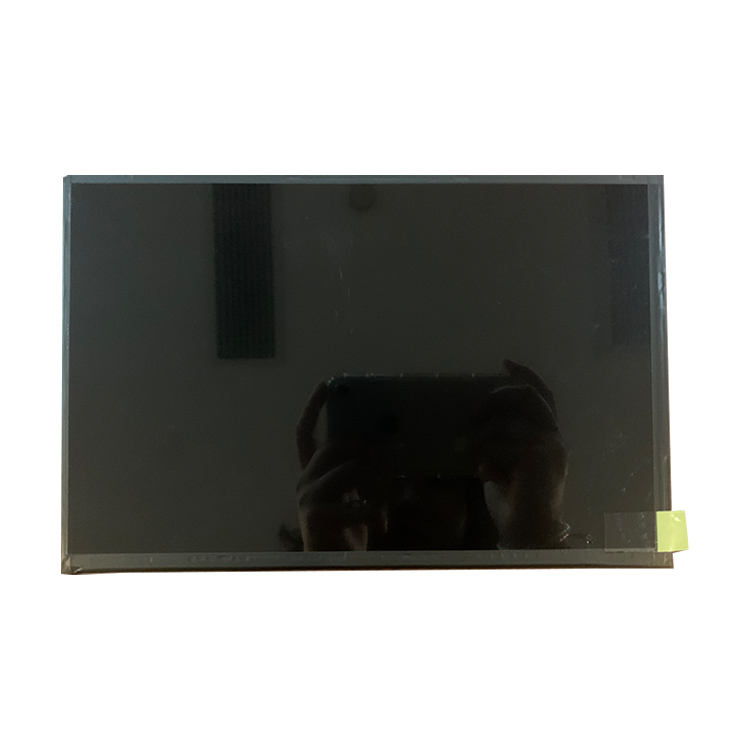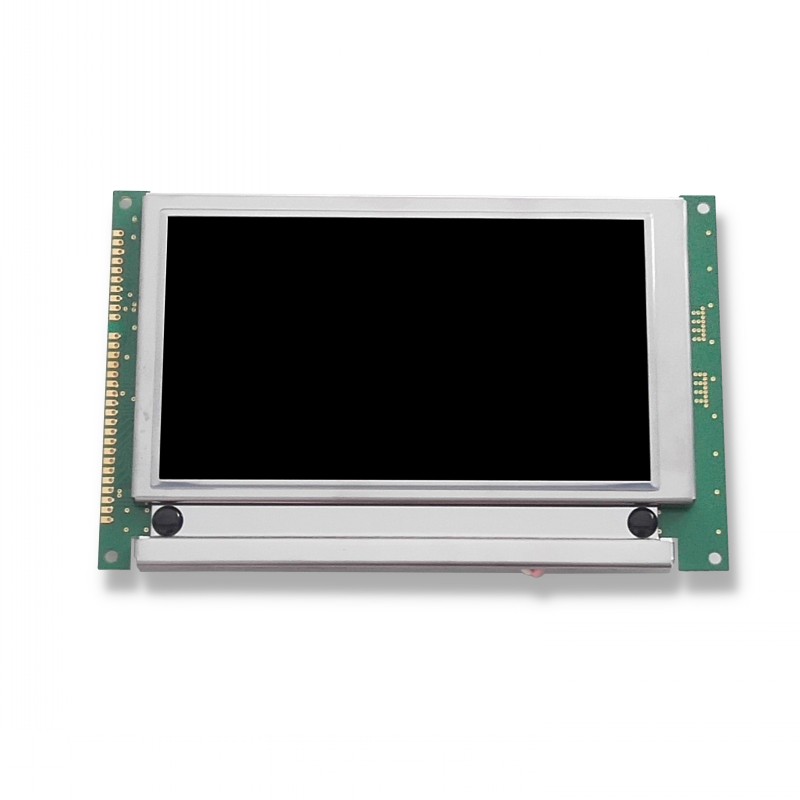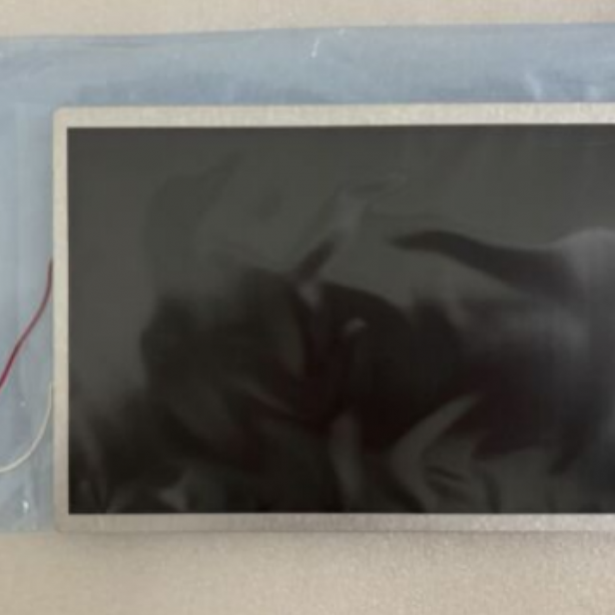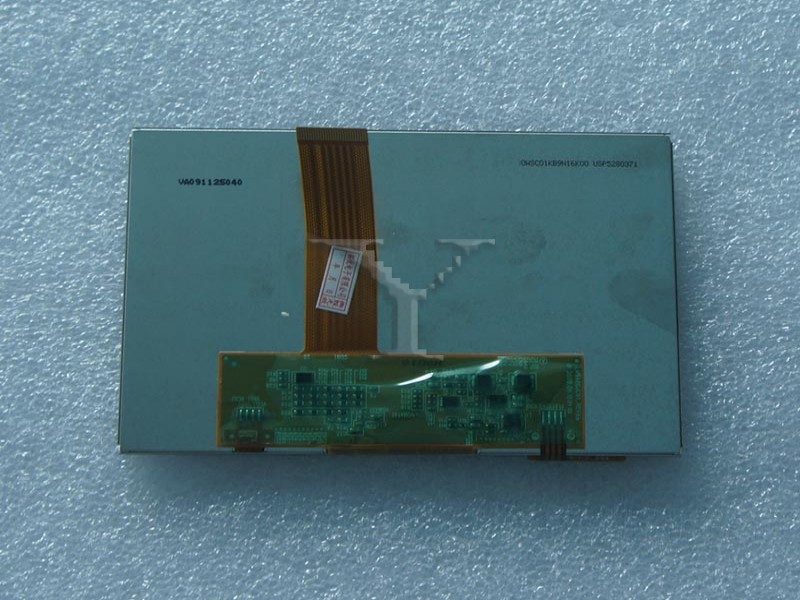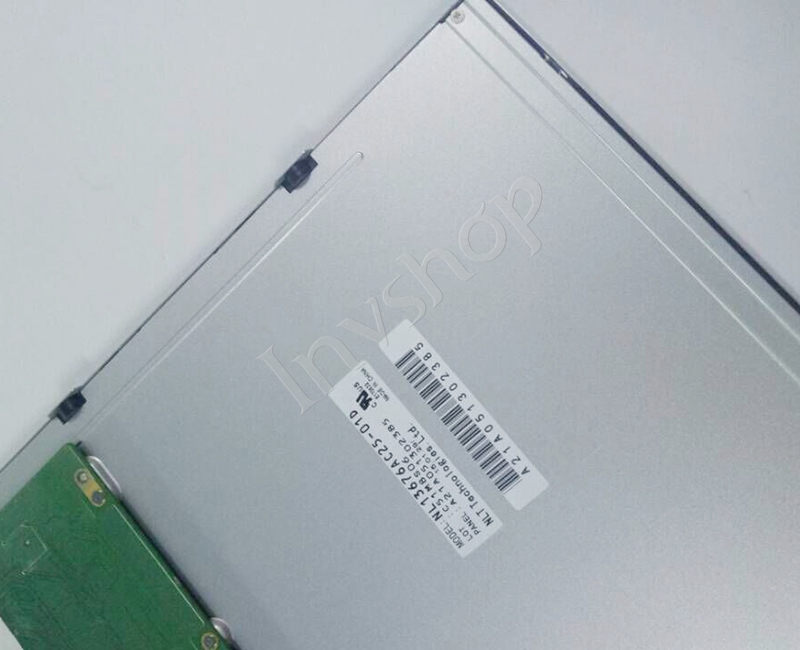All Categories
- Industrial LCD display
-
Industrial Products
- DC Servo Drive
- AC Servo Drive
- other
- Heidelberg
- FANUC
- IFM
- Meter
- CCD
- Membrane Keypad
- Film
- YOKOGAWA Module
- Card
- ABB
- MITSUBISHI
- FANUC
- KEYENCE
- BECKHOFF
- Honeywell
- HOLLYSYS
- FUJI servo drives
- HP
- solenoid valve
- thermostat
- Siemens adapter
- color oscilloscope
- Fujitsu connector
- CHELIC
- SMC
- CISCO Module
- INTEL
- Key board
- FAIRCHILD
- Motherboard
- Board
- Bearing
- other
- Control Panel
- Contactor
- Circuit
- OMRON
- Relay
- Controller
- Photoelectric Switch
- Photoelectric Sensor
- Original
- Fan
- Motor Driver
- Limit Switch
- Amplifier
- power supply
- LENZE
- Cable
- Encoder
- Sensor
- Transformer
- Fiber Optic Sensor
- Protection Relay
- Temperature Controller
- Proximity Switch
- Switch Sensor
- Siemens
- Industrial board
- HMI Touch Glass
-
HMI Full Machine Whole unit
- OMRON HMI Touch Panel
- Siemens HMI Touch Panel
- Mitsubishi HMI Touch Panel
- Allen-Bradley automation HMI Touch Panel
- DELTA HMI Touch Panel
- EVIEW DELTA HMI Touch Panel
- KINCO DELTA HMI Touch Panel
- HITECH HMI Touch Panel
- WEINTECK HMI Touch Panel
- TECVIEW HMI Touch Panel
- WEINVIEW HMI Touch Panel
- PRO-FACE HMI Touch Panel
- SIMATIC HMI Touch Panel
- AMPIRE HMI Touch Panel
- HEIDELBERG HMI Touch Panel
- PANASONIC HMI Touch Panel
- PATLITE HMI Touch Panel
- KYOCERA HMI Touch Panel
- KEYENCE HMI Touch Panel
- WEINVIEW HMI Touch Panel
- HITECH HMI Touch Panel
- FUJI HMI Touch Panel
- HAKKO HMI Touch Panel
- SCHNEIDER HMI Touch Panel
- SAMKOON touch panel
- other
- Module
- lcd inverter
- Membrane Keypad Switch
- Winni Touch Screens
- Frequency Inverter
- Servo Motor
- PLC
Recommended Products
Home » News
Basic information
• Liquid crystal was discovered by an Austrian botanist Fredreich
Rheinizer in 1888.
• "Liquid crystal" is neither solid nor liquid (an example is soapy
water).
• Important: in the mid-1960s, it was shown that liquid crystals
when stimulated by an external electrical charge could
change the properties of light passing through the
crystals. • The early prototypes (late 1960s) were too unstable for mass
production. But all of that changed when a British researcher
proposed a stable, liquid crystal material (biphenyl).
• Today's color LCD TVs and LCD Monitors have a sandwichlike
structure .
What is TFT LCD?
• TFT LCD (Thin Film Transistor Liquid Crystal Display) has a
sandwich-like structure, liquid crystal fills the space between
two glass plates.
• TFT Glass has as many TFTs as the number of pixels
displayed, while a Color Filter Glass has color filter which
generates color.
• Liquid crystals rotate according to the difference in voltage
between the Color Filter Glass and the TFT Glass.
• The amount of light supplied by Back Light is determined by
the “amount” of rotation of the liquid crystals.
• How it works?
The source of light produces a light. The light passes through
liquid crystal, its intensity is influenced by other layers,
especially by liquid crystal.
Basic structure: two layers made of glass, liquid crystal
between them.
• The flow of light is controlled by the voltage applied to the
liquid crystal (between color filter glass and TFT glass).
• According to the voltage applied, the structure of the liquid
crystal rotates (different angle for different pixel/subpixels) –
thus for each pixel/subpixel different amount of light passes
through the liquid crystal.
• TFT glass – transistors are on the surface, each of them
controls the voltage brought to ITO electrode.
• Front glass – Colored RGB filters on the surface. They develop
each color in the intensity corresponding to the amount of light
passing through the liquid crystal.
• The electrode on the side of screen is common for all pixels.
• The voltages brought to signal lines are derived from values transferred through DVI (from graphics adapter to monitor). • On the glass layer, the number of transistors is the same as the number of pixels multiplied by 3 (each pixel consists of 3 subpixels) – the number of TFTs might be a problem from the 11 technological point of view (the association with the resolution required). • Each subpixel has its own transistor, ITO electrode and capacitor. • Note: in mono monitor there should be no subpixels but just one TFT (transistor) for each pixel. • By scanning the gate bus-lines sequentially, and by applying signal voltages to all signal lines in a specified sequence, we can address all pixels. One result of all this is that the addressing of an LCD is done line by line. • Mono LCDs are designed to produce gray levels - intermediate brightness levels between the brightest white and the darkest black a unit pixel can generate. There can be either a discrete numbers of levels - such as 8, 16, 64, or 256 - or a continuous gradation of levels, depending on the LCD monitor. |





